
Several years ago in Paris, having climbed halfway up a staircase to the second floor of 46 Rue de Bac, I found myself at eye level with the most astonishing pack of animals. A polar bear, a Scandinavian moose, an adolescent bull, an East African lion, a rearing grizzly bear, and a Bengal tiger glared at me, all of them seemingly ready to charge – and despite knowing that none of them possibly could charge, for a split second a primal shiver of genuine fear oscillated up and down my spine.
I had entered Deyrolle – a shop that, since its establishment in 1831, has remained one of the world’s most celebrated producers and purveyors of taxidermied creatures, as well as entomological specimens, shells and minerals, pedagogical posters, botanical illustrations, and so on. More recently, when I was introduced to photographer Yola Monakhov’s series, Tableaux (Part I), I was immediately reminded not only of the hesitation – and the sense of uncertainty – I’d experienced at the top of those Parisian stairs, but also of what I had encountered inside Deyrolle. Lining the shop’s walls, in display cabinets, were hundreds if not thousands of birds – both common and exotic, of every size and species – perched atop small wooden pedestals and looking as if, at any moment, they might all simultaneously ruffle their feathers and take flight.
Like the specimens at Deyrolle, many of Monakhov’s images play with the notion of “still life” in both the literal and paradoxical sense of the phrase, hovering between nature as it exists and nature as it is often preserved and manipulated for observational purposes. By obscuring the natural context and imposing stasis (in Monakhov’s case, via plain backdrops, studio lighting and the medium of photography), the work in Tableaux (Part I) imparts a peculiar sense of confusion; in the most disconcerting of ways, they seem both vividly real and entirely manufactured, and like the subjects themselves, the viewer is, in a sense, paralyzed, unsure where to move next.
“People sometimes ask me if the birds in my photographs are alive,” Monakhov says. “This is a game that photography can play: in theory, one can’t tell if something is alive or dead in a photograph.”
Yet Monakhov often includes a number of clues that her subjects – both plants and animals – are still, in fact, very much alive, while conspicuously revealing the constructed nature of her images. In But not for you, my love (2011), a Barred Owl perches with its wing awkwardly outstretched against a greyish-white background, the reflection in its right eye transforming its gaze into something glassy and unreal. It would fit neatly amid the displays at Deyrolle, if it weren’t for the fact that we can see that the bird is still tethered at the leg, and that its artificial-grass perch contrasts garishly with blades of real grass that creep out from under the backdrop and into the bottom of the frame. In this way, Monakhov allows her work to ambiguously hover between the natural and the naturalistic, embracing both the splendor of what’s before her lens, and the absurdity of trying to capture and preserve it – via photography or otherwise.
“Several years ago, an artist told me that [the ornithologist and painter] John James Audubon killed his birds and pinned them to a grid – that this was where both their naturalism and sometimes their contorted poses came from,” Monakhov says. “I decided that a condition for my work would be a certain claim of authenticity – perhaps something similar to the claim that’s often advanced by photojournalism: to bring forth something live.”
In fact, Monakhov began her career as a photojournalist – reporting from the Middle East, the former Soviet Union and elsewhere – until she decided to pursue an MFA in Visual Arts at Columbia. There she discovered that “live authenticity” could be strategically reworked and repositioned in new and compelling ways.
“All of the students had private studios,” she recalls. “But I noticed that many of the photographers didn’t really use their studios, or at least not in the same way as other artists. I didn’t want to abandon straight photography, so I began to ask myself what it would mean to have a studio practice. That’s when I started gathering studio-like materials and bringing them out into the world.”
Rather than turning the authentic into something artificial, Monakhov’s Tableaux (Part I) manages to confuse and, in some ways, reverse the process, turning that which is explicitly artificial into something effective, confounding and curiously authentic.
“In a sense,” she says, “I’m turning the world itself into a studio.”
Yola Monakhov is a fine art and editorial photographer living and working in Northampton, Mass. and New York City.
Aaron Schuman is a photographer, writer, curator and the editor of SeeSaw Magazine.

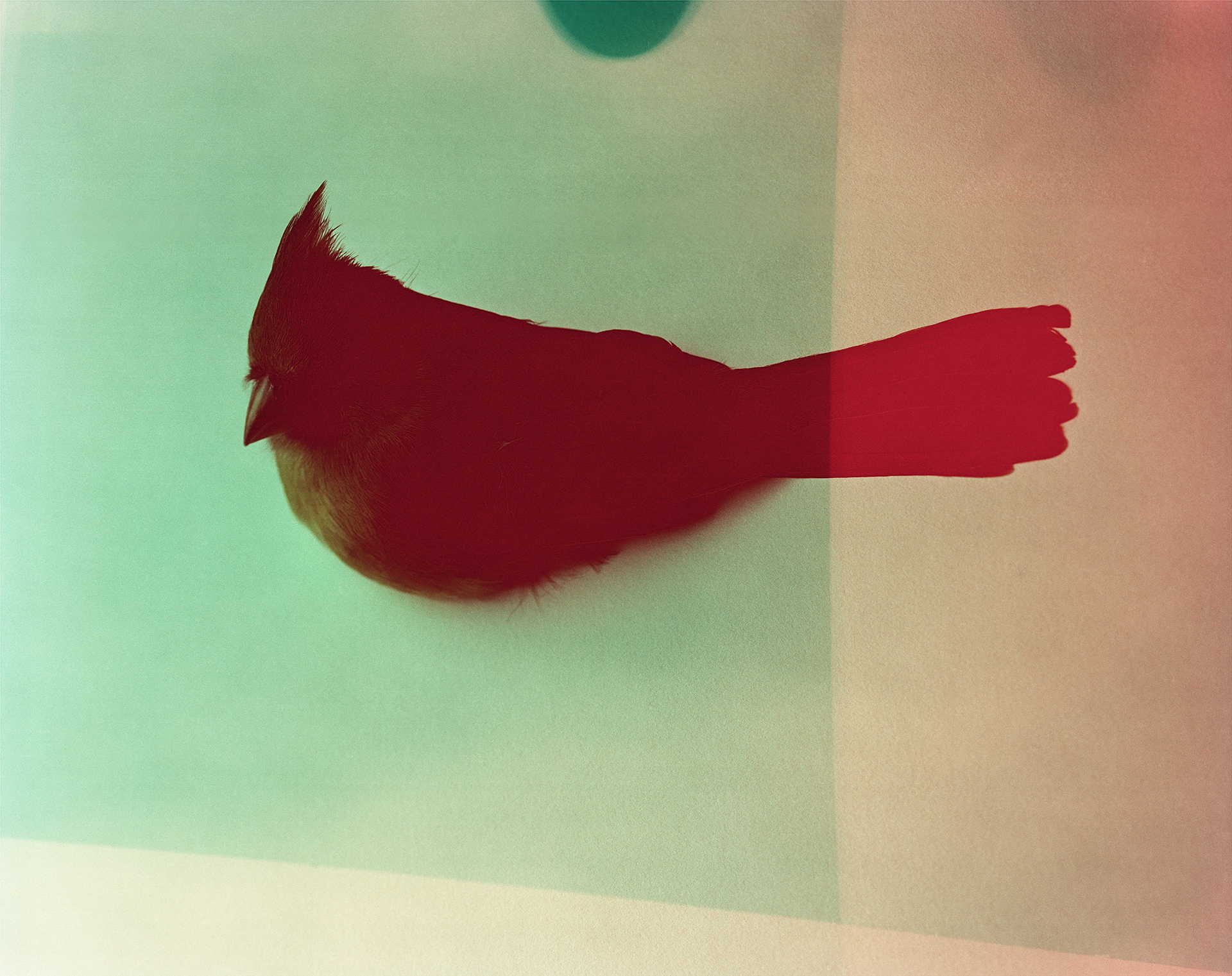
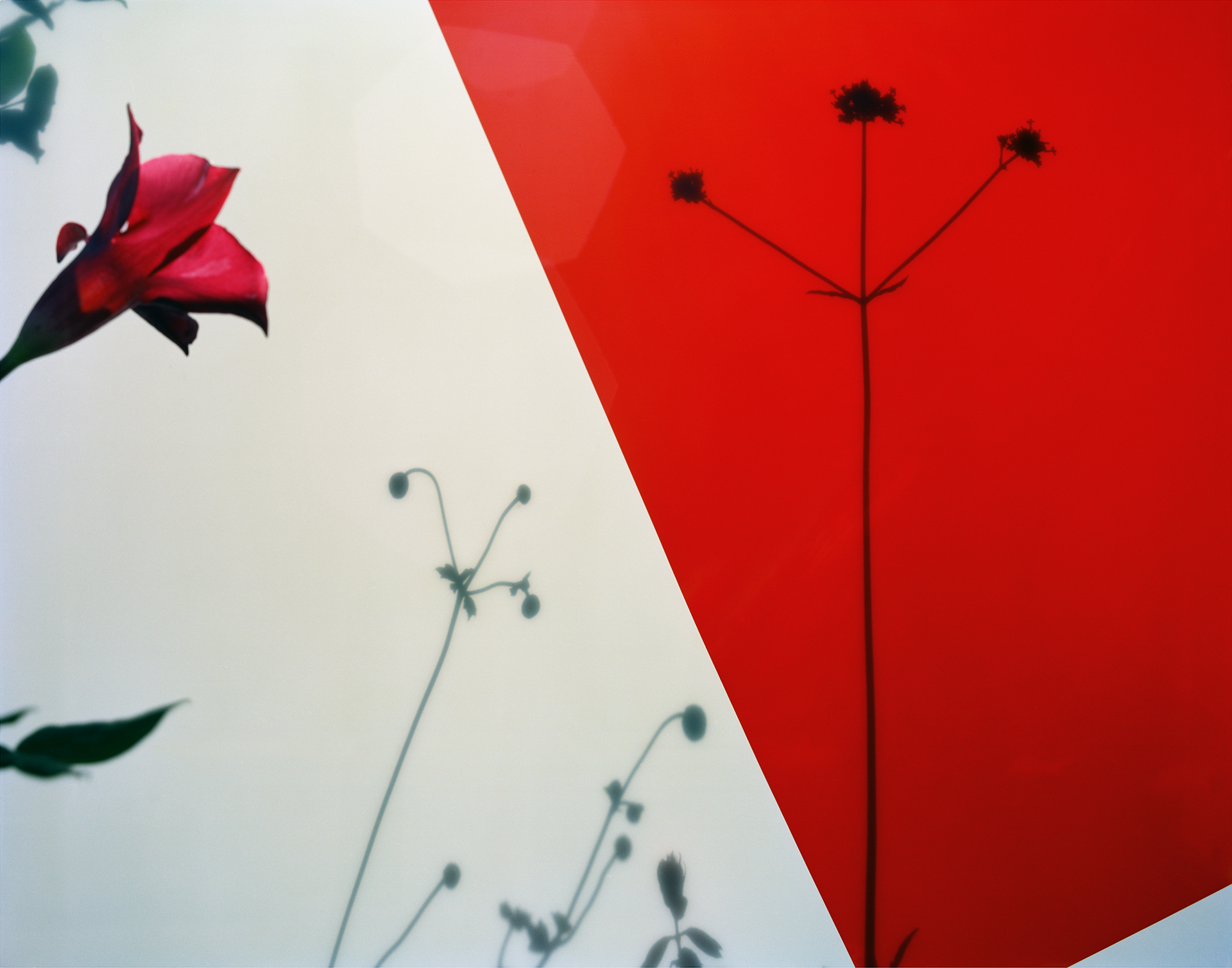
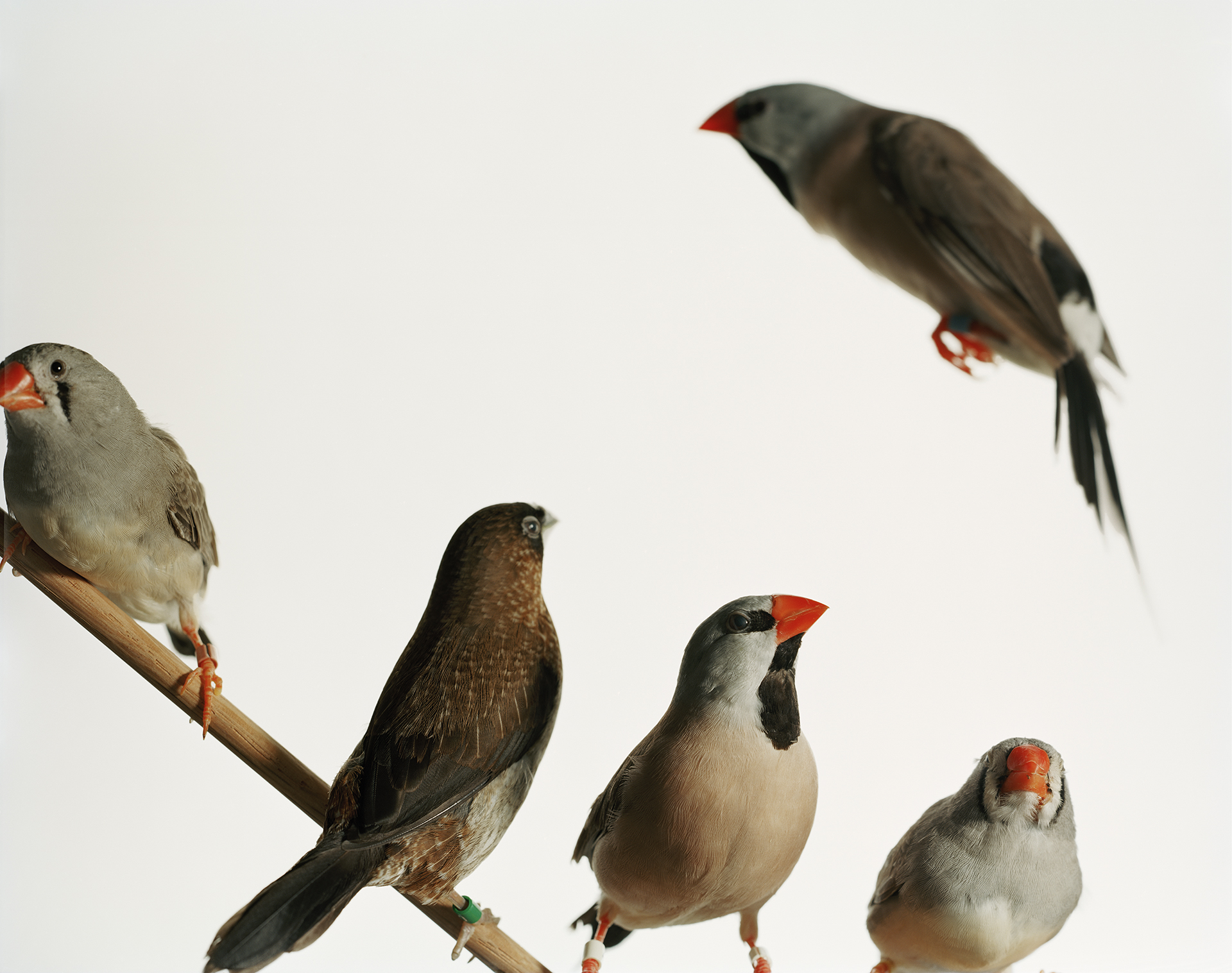
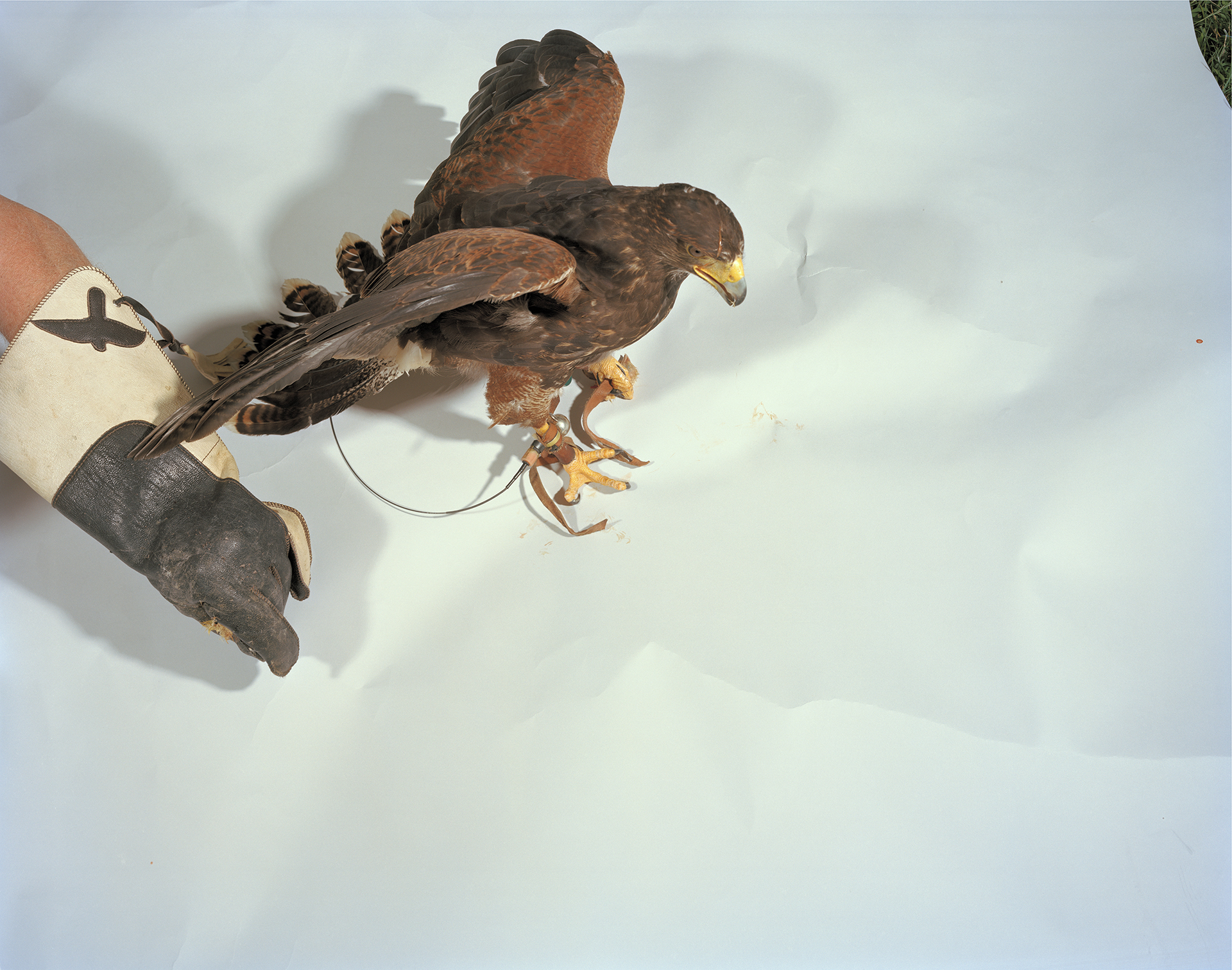
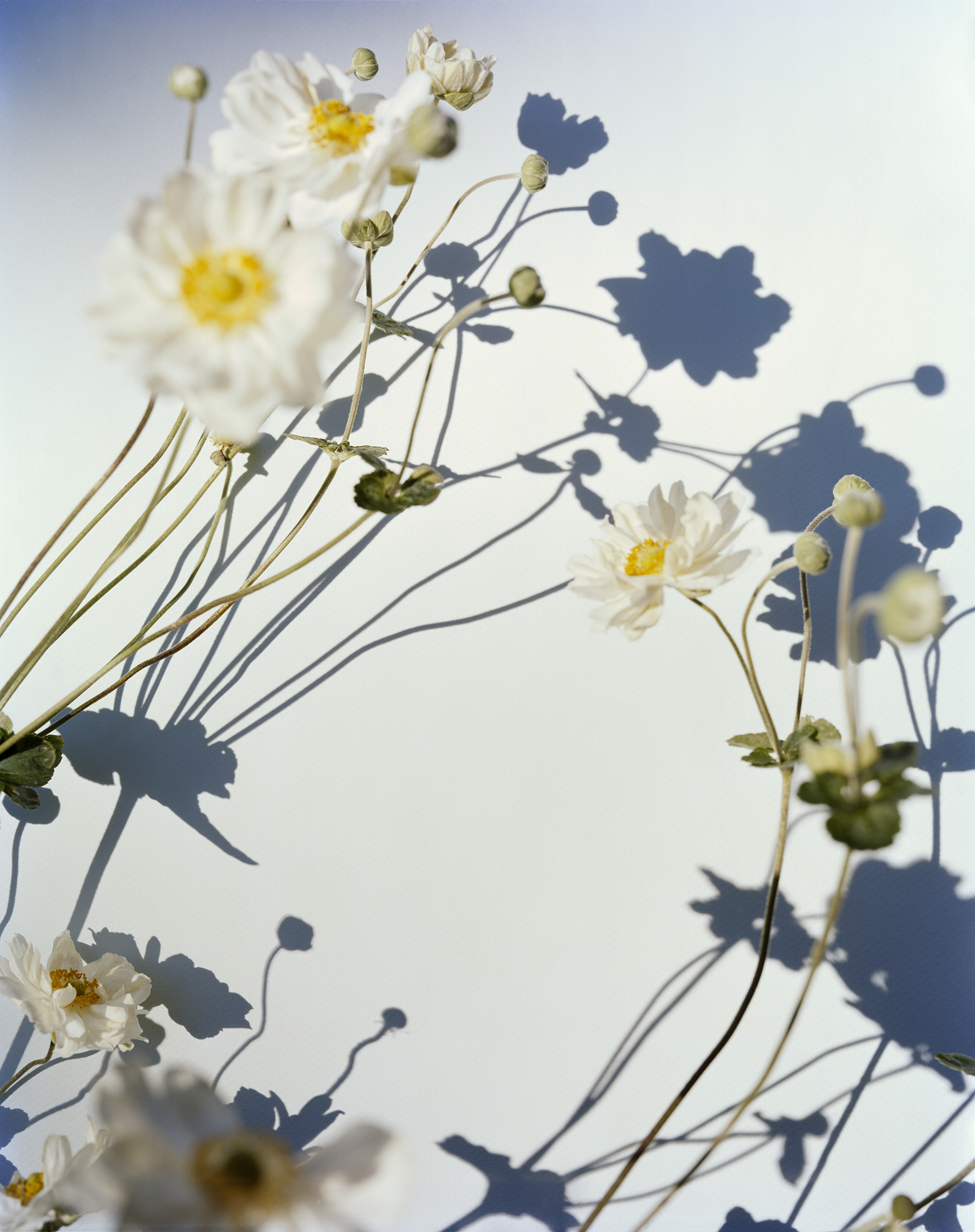
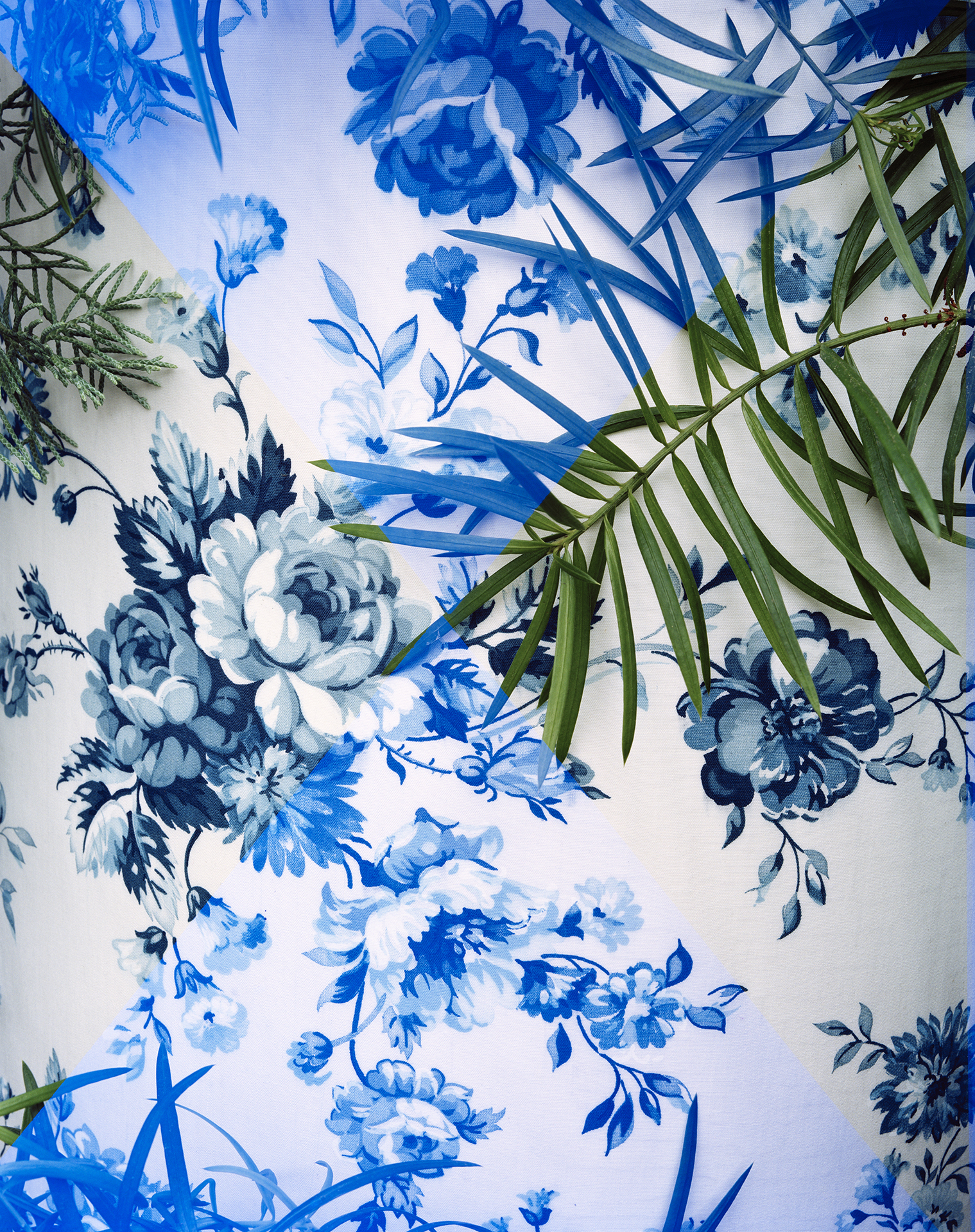
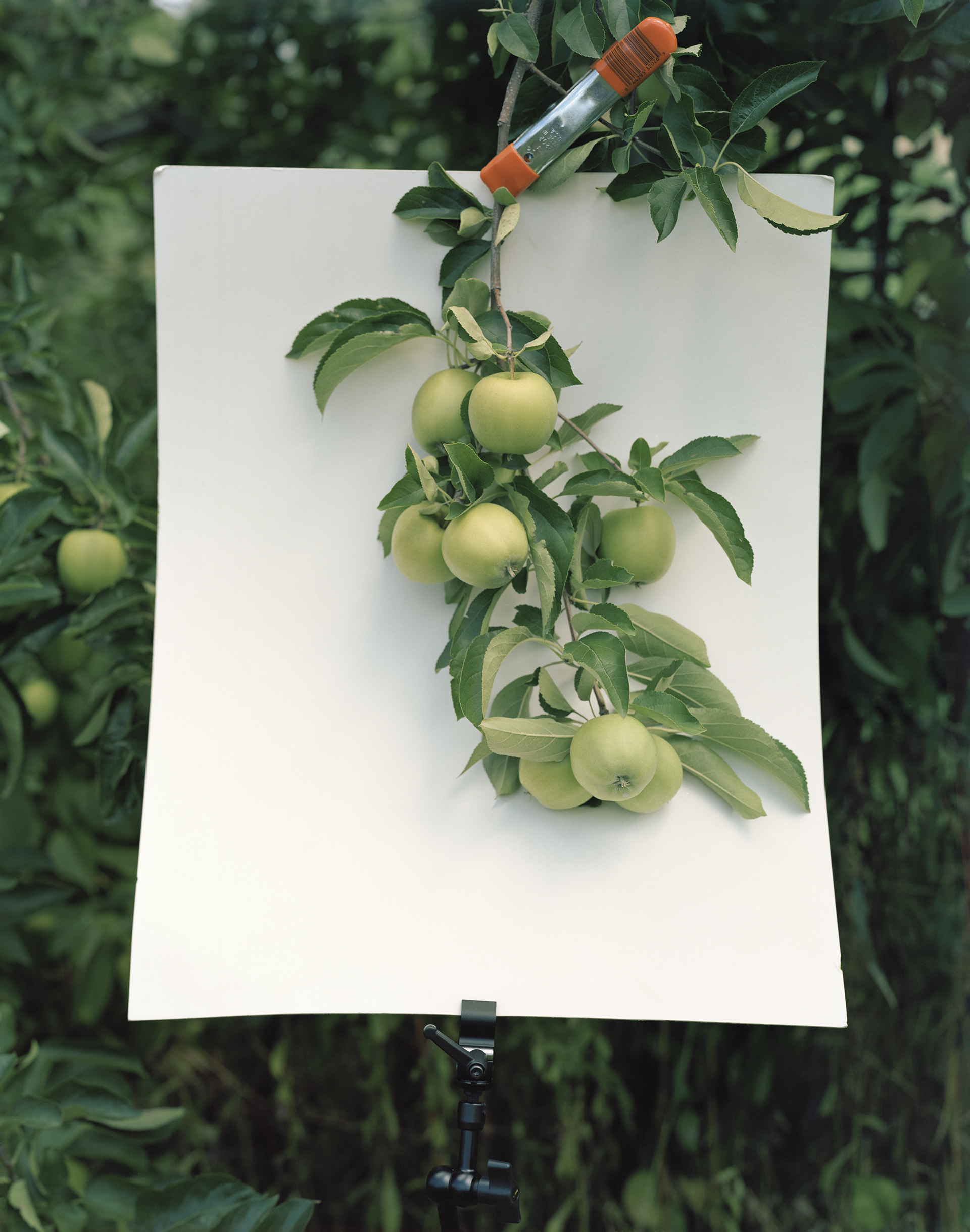




More Must-Reads From TIME
- The 100 Most Influential People of 2024
- Coco Gauff Is Playing for Herself Now
- Scenes From Pro-Palestinian Encampments Across U.S. Universities
- 6 Compliments That Land Every Time
- If You're Dating Right Now , You're Brave: Column
- The AI That Could Heal a Divided Internet
- Fallout Is a Brilliant Model for the Future of Video Game Adaptations
- Want Weekly Recs on What to Watch, Read, and More? Sign Up for Worth Your Time
Contact us at letters@time.com